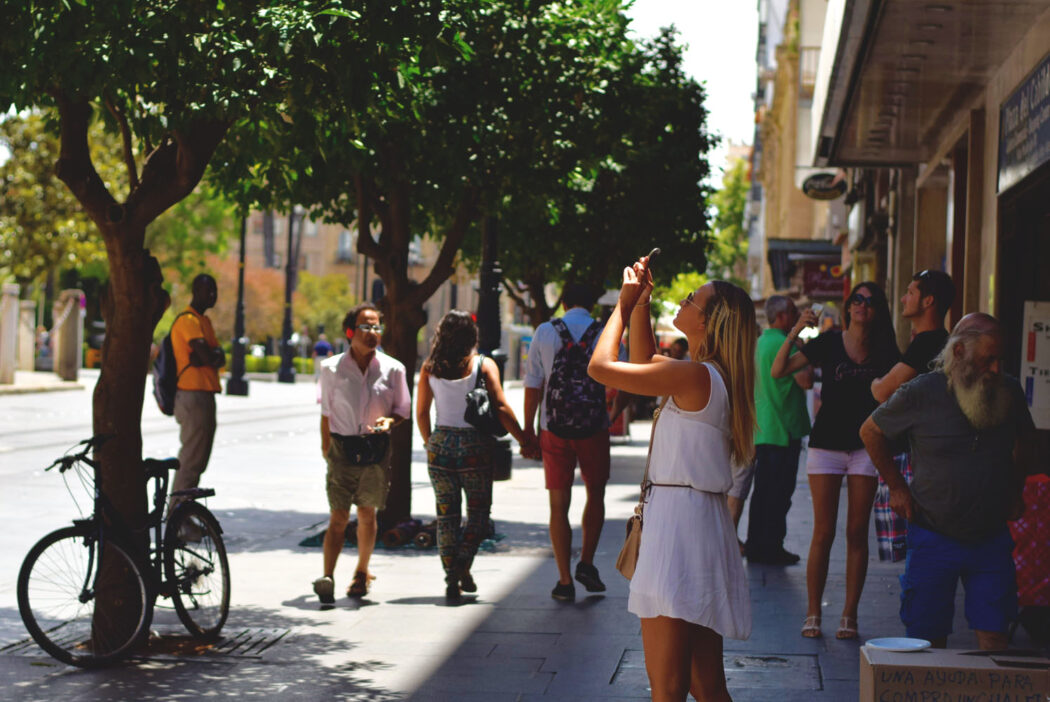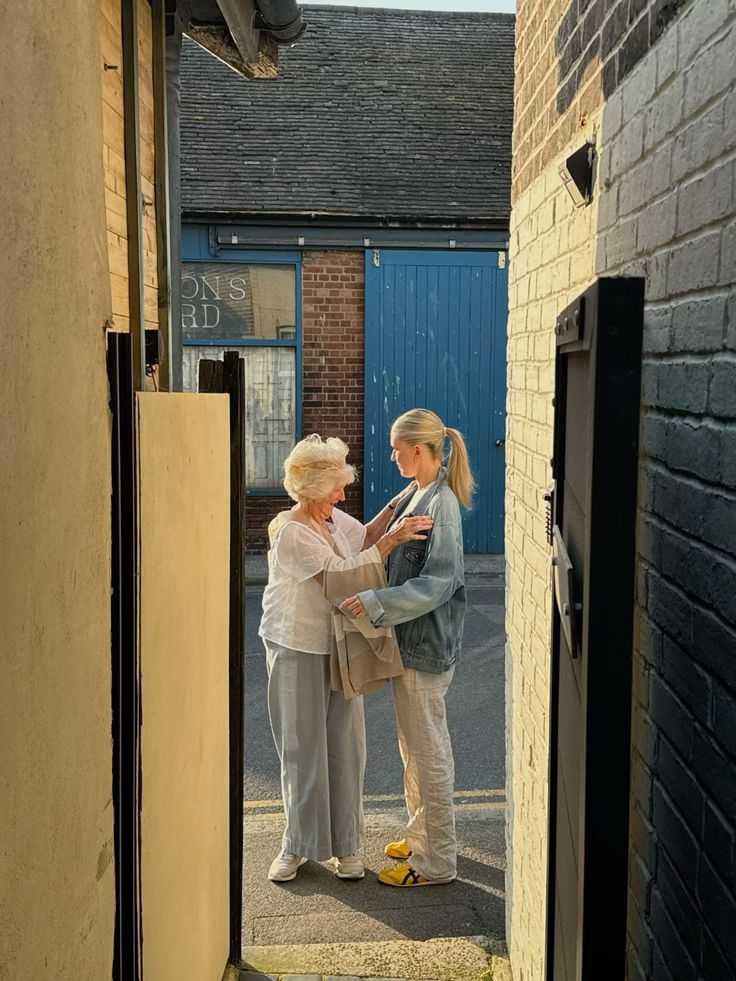This morning you were the perfect target. You threw your hair in a ponytail and headed to class. As you walked through campus you put in your headphones and turned up the volume on your favorite playlist. Your phone buzzed, so you looked down to read a text from your roommate. Afterwards you clicked on Facebook, then Instagram, then Twitter, then back to Facebook. You eventually shuffled into the lecture hall, shrugged off your backpack, and found your seat. It wasn’t until the professor walked in and started teaching that you actually looked up from your screen, took out your headphones and glanced around.
How often do we put ourselves at risk like this— virtually blind, deaf, and oblivious to our surroundings? It’s dangerously easy to be distracted, especially as a college student with a smartphone full of notifications. However, blocking out the world makes us easy victims of theft and violence. Although it’s unlikely we will be attacked on the walk to class, there are places where crime is more common and practicing basic awareness now may help you handle or avoid future assaults.
A relative of mine, Deb Phillips, is a trained yoga instructor and recent attendee of a “situational awareness” class which taught participants how to be alert and prepared if something were ever to occur. She explained, “the purpose of the training program was to give your brain an advantage. Take the time to think through a completely undesirable circumstance in order to plan your reaction.” Her instructors recommended imagining sample scenarios and the best way to respond to each of them. For example, what if you came home to your studio apartment and noticed the door was open? Logically you should run or call for help. But in the heat of the moment you may be tempted to go inside and look around. As Deb put it, “panic can take away so much common sense.” By thinking ahead you can avoid making critical mistakes. She also advises to, “remind yourself to take deep breaths. Oxygen to the brain aids any choice making when one is stressed and must act.”
What does awareness look like? “In many ways is it much the same kind of suggestions that is yoga. Living in the “now” by paying really good attention to just what “now” is. Look around, meet people’s gaze, and notice the environment,” recommended Phillips. Being aware sounds simple, but in order for it to become habit you may need some practice. Next time you walk to class, take note of the people around you. How tall are they? What are they wearing? What color is their hair? Their eyes? Would you be able to identify them in a line up? You can practice remembering license plate numbers and information on nearby signs as well.
Observing the details of your surroundings can also help you if a situation ever gets dangerous. Where is the nearest exit? Where can you hide? Is there anything you can use as a shield or weapon? Being ready to react may save you precious seconds if an attack actually occurs. Remembering the specifics could also be practical if you need to call for help. Deb advised, “If you really want to be helpful when you find yourself in a challenging situation and you dial that 911, be ready to give details that are truly helpful—where, who, what—just the facts.”
What about preventing a crime? While Valley does not by any means blame victims for what has happened to them, we do support education and trying to give people tools to reduce their risk of being harmed. For example, the simple act of making eye contact with the people around you may make you less of a desirable target. If your attacker knows you are alert and have seen their face clearly they may move on to more distracted prey.
Some of the most important places to practice awareness are crowded areas, areas you are unfamiliar with and situations where you may typically be preoccupied. For example, mall parking lots are one of the most common places to be robbed or attacked. As you walk out of the store with an arm full of shopping bags, head down, digging through your purse for car keys, an assailant can simply walk out from behind a vehicle, rob you and then disappear back into the cars from which he appeared. Parking lots are not the only place to be alert. In State College specifically, bars, bus stops and solitary walks through town are all places where you ought to practice being extra aware.
Deb’s last piece of advice is, “not to dwell on the negatives.” The purpose of situational awareness is not to become overly paranoid, but rather prepared. Remove the headphones, realize your surroundings and remember what you would do in a “what if” situation. Practicing these simple steps could save your life.





